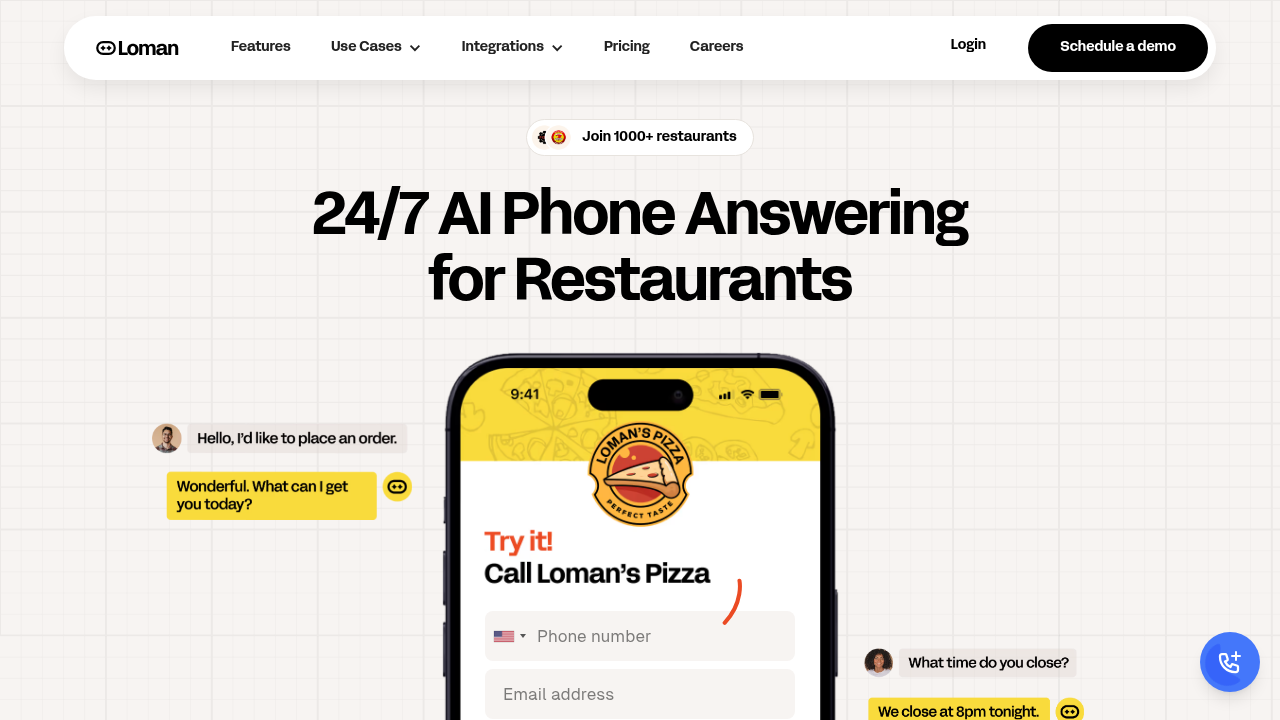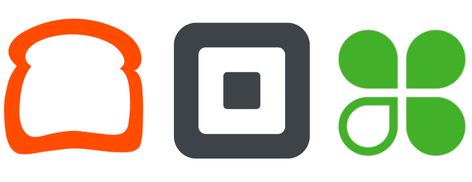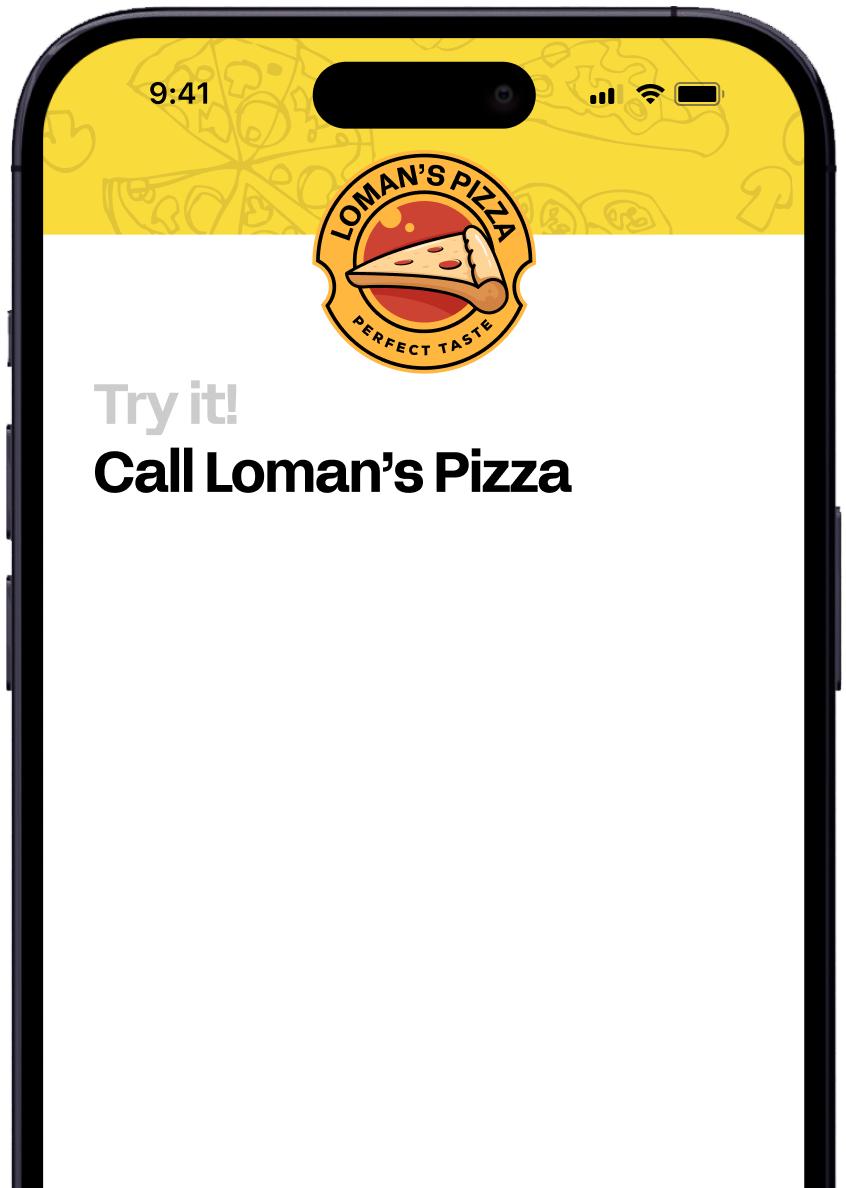October 15, 2025
.png)
If you run a restaurant, you’ve probably seen it happen dozens of times a day: the phone rings while your team is juggling dine-in guests, online orders, and deliveries. Some calls get missed, others get put on hold. Each one is a missed order.
That's changing fast. In 2025, voice AI for restaurants has finally become reliable enough to take full orders, process payments, and sync directly with your POS system. The result: every customer gets through, every order is captured, and your team stays focused on the guests in front of them.
TLDR:
Voice AI has evolved beyond chatbots and call menus. Today’s systems understand natural speech, process full food orders, manage payments, and even handle reservations with the sophistication of experienced staff members.
Restaurants used to lose 20-30% of potential phone orders during rush hours, but voice bots now capture every single call, with 98%+ order accuracy rates. They can recognize regional accents, process dietary restrictions, and even upsell customers naturally during conversations.
For restaurant operators facing labor shortages, rising wages, and customer service inconsistencies, voice AI is mission-critical, delivering consistency that never calls in sick and maintains service quality through every rush.
Restaurants using advanced voice AI see measurable financial improvement almost immediately, with most recouping their investment within just 30-60 days.
When AI handles phone orders, your staff can stay focused on in-person service. That means faster table turns, smoother guest experiences, and reduced stress during peak hours.
Revenue growth comes from two primary sources: captured calls and intelligent upselling. AI call routing systems guarantee zero missed opportunities, while built-in smart upselling engines increase average ticket sizes by suggesting complementary items.
Beyond the numbers, voice AI offers predictable performance, delivering consistent quality, no matter the day, staffing level, or call volume.
Voice AI systems in 2025 are capable of handling conversational complexity that was unthinkable just two years ago, capable of handling interruptions, clarifications, and modifications with remarkable accuracy.
Multilingual phone systems have opened new market opportunities for restaurants. Establishments can now serve diverse communities without requiring bilingual staff scheduling, and no longer need to lose out on customers who previously couldn't place phone orders due to language barriers.
Order customization handling has also reached human-like levels. Customers can place complex orders, make special preparation requests, and request modifications like "light sauce, extra cheese, but not too much," and the AI interprets these preferences correctly while confirming details naturally.
Beyond order taking, Voice AI systems are also able to provide consistent information about hours, menu items, allergens, and policies, eliminating the confusion that often occurs when different staff members provide conflicting information.
According to Food on Demand's analysis, order accuracy rates with advanced voice AI systems exceed 98%, compared to 85-90% accuracy with traditional phone ordering.

Peak hour performance represents voice AI's most compelling advantage. While human staff become overwhelmed during busy periods, AI systems are capable of managing unlimited simultaneous calls, so there are no busy signals or hold times.
Order prioritization happens automatically. The system coordinates with kitchen display systems to optimize order sequencing and in turn, provide accurate pickup estimates and delivery times to manage customer expectations appropriately. Whether it's Friday dinner rush or Sunday brunch, the 100th call gets the same attention as the first.

The integration world has matured dramatically. Voice AI systems now connect natively with virtually every major restaurant POS system like Toast, Square, and Clover, eliminating manual order entry completely.
Voice AI imports menus automatically, syncs pricing, and updates availability in real time. Payment processing happens securely through existing merchant accounts, and updates flow instantly across all locations.
For multi-location operators, centralized management keeps branding consistent while allowing for local pricing or menu variations.
Despite technological advances, restaurants still face legitimate concerns about voice AI adoption. The key is understanding which challenges are real versus perceived.
According to Deloitte's restaurant AI research, successful implementations follow a structured approach that handles staff concerns proactively and provides adequate support during the transition period.
Whether you’re running a pizza shop juggling custom orders, a quick service restaurant trying to speed through the dinner rush, or a full-service restaurant managing reservations and repeat guests, Loman adapts to the way you work. It takes every call, captures every order, and keeps your POS perfectly in sync so your team can focus on the guests, not the phones.
If your team loses orders to busy signals or missed calls, it’s time to see what a voice-AI system built for restaurants can do.
Most restaurants can be up and running with voice AI in less than 24 hours, with systems automatically importing menu data and syncing with existing POS systems. The setup process has been simplified to require minimal technical intervention.
Voice AI handles unlimited simultaneous calls with zero hold times and 98% order accuracy, while traditional systems typically miss 25-40% of calls during peak hours and achieve only 85-90% accuracy rates.
Yes, modern voice AI systems excel at processing complex customizations like "light sauce, extra cheese, but not too much" and can handle dietary restrictions, special preparations, and multi-item orders with remarkable accuracy.
If your restaurant is missing calls during busy periods, spending 20+ hours per week on phone duties, or struggling with order accuracy and upselling, voice AI typically pays for itself within 30-60 days through captured revenue and labor savings.
Voice AI connects natively with major POS systems like Toast, Square, and Clover, automatically flowing orders directly into kitchen display systems while handling payment processing and inventory updates without manual entry.
Voice AI has moved beyond experimental tech to become important for restaurants that want to capture every order and reduce labor costs. The technology handles complex orders better than human staff while freeing your team to focus on in-person customers. Loman AI offers the restaurant-specific features that make implementation smooth and profitable. Your restaurant can be taking AI-powered orders within 24 hours and seeing real ROI within weeks.

Enter your information in the form to receive a call from Loman and place an order like a customer would!